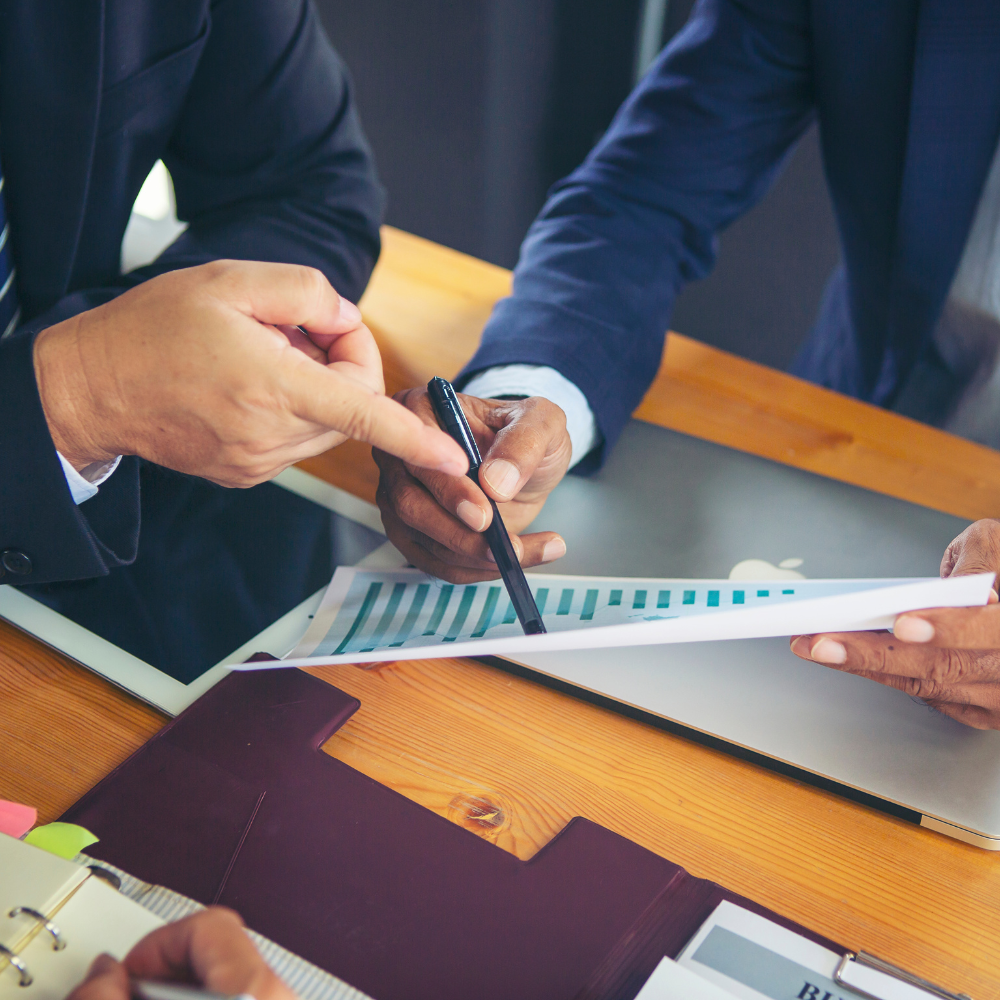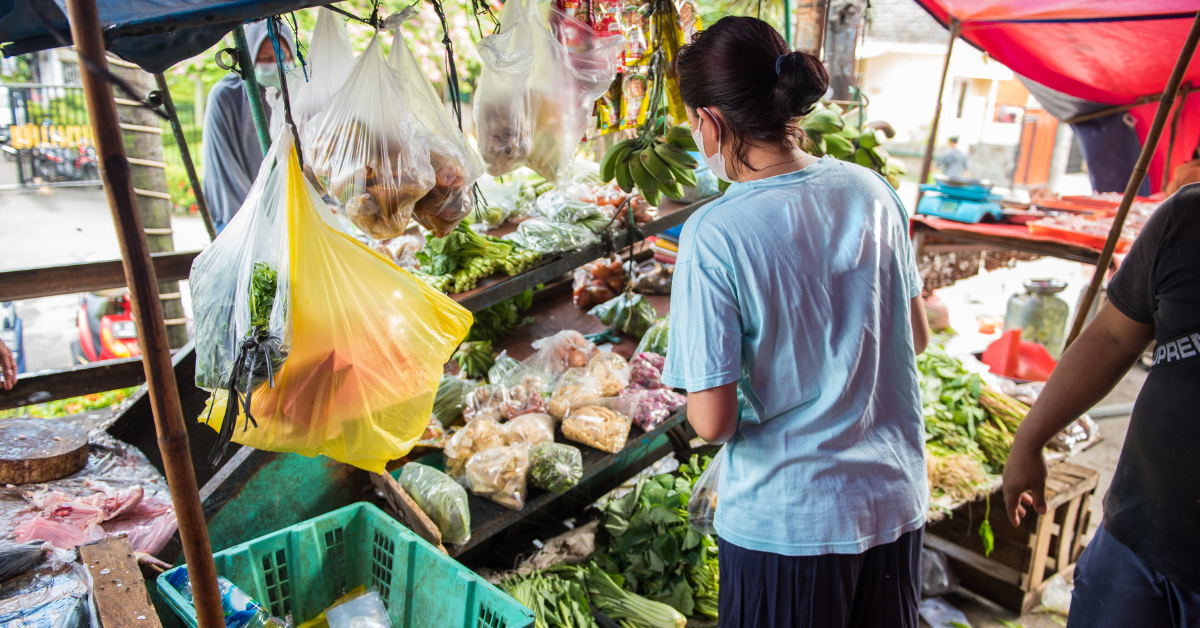How to Use TV and Radio to Promote Special Events and Grand Openings
For local businesses, TV and radio remain two of the most effective ways to generate excitement and attendance for special events and grand openings.
While digital marketing plays a role, traditional media offers broad reach, high credibility, and an ability to drive local engagement faster than online platforms.
Why TV and Radio Are Effective for Event Promotion
1. Mass Reach and Local Impact
-
TV reaches 96% of U.S. households, making it an excellent tool for promoting high-profile local events (Nielsen Total Audience Report).
-
Radio reaches 90% of adults weekly, ensuring repeated exposure to event promotions during commute times (Edison Research).
-
Local TV and radio stations have dedicated community event segments, providing businesses with added credibility and visibility.
2. High Engagement and Trust
-
56% of consumers trust TV ads more than digital ads, making them more likely to take action on event promotions (Kantar Media).
-
Live radio endorsements from DJs increase event attendance by up to 34%, as listeners trust local hosts’ recommendations (Radio Advertising Bureau).
-
TV commercials that include storytelling elements lead to a 40% higher event recall rate, according to Ipsos Research.
3. Immediate Call-to-Action and Frequency Benefits
-
Radio listeners take action within 24 hours of hearing an ad, making it perfect for last-minute event promotions (Nielsen Audio Research).
-
TV ads that air repeatedly in the week leading up to an event increase attendance by 60%, as they reinforce urgency (Thinkbox UK).
-
Combining TV and radio with digital efforts leads to a 45% higher response rate, proving the power of multi-channel marketing (Marketing Science Institute).
How to Structure TV and Radio Ads for Event Promotion
1. Create Urgency with a Clear Call-to-Action
-
Use phrases like “Don’t Miss Out,” “Limited Time Only,” or “Happening This Weekend” to create excitement.
-
Ensure the date, time, and location of the event are stated multiple times in both TV and radio ads.
-
Include a website or phone number for additional details.
2. Utilize Local Influencers and Community Leaders
-
Radio DJ endorsements lead to a 20% higher turnout as they personalize event promotions (Radio Advertising Bureau).
-
Featuring recognizable community figures in TV ads increases audience engagement and attendance (Ebiquity Research).
-
Sponsoring local TV segments or radio talk shows in the days leading up to the event can further amplify exposure.
3. Choose the Best Airing Times
-
TV ads should air during morning and evening news slots, as these have the highest local viewership rates.
-
Radio ads should run during drive-time (6 AM - 10 AM, 3 PM - 7 PM) when most listeners are engaged.
-
Running ads consistently for at least two weeks before the event increases attendance rates by up to 70% (Nielsen Media Research).
Case Study: Local Restaurant Grand Opening Campaign
-
A family-owned restaurant ran local TV and radio ads promoting their grand opening weekend.
-
TV ads aired on the morning and evening news slots, while radio spots ran during drive-time hours.
-
The campaign resulted in a 50% increase in foot traffic compared to previous restaurant openings (Restaurant Marketing Insights).
-
Social media engagement doubled as customers mentioned the ads they saw and heard, proving the effectiveness of traditional media in event promotion.
Driving Event Success with TV and Radio
TV and radio advertising remain powerful tools for promoting special events and grand openings.
Their ability to reach mass audiences, create urgency, and build community excitement makes them an essential part of any event marketing strategy.
By structuring ads effectively, leveraging local influencers, and combining with digital channels, businesses can ensure maximum attendance and engagement for their events.



